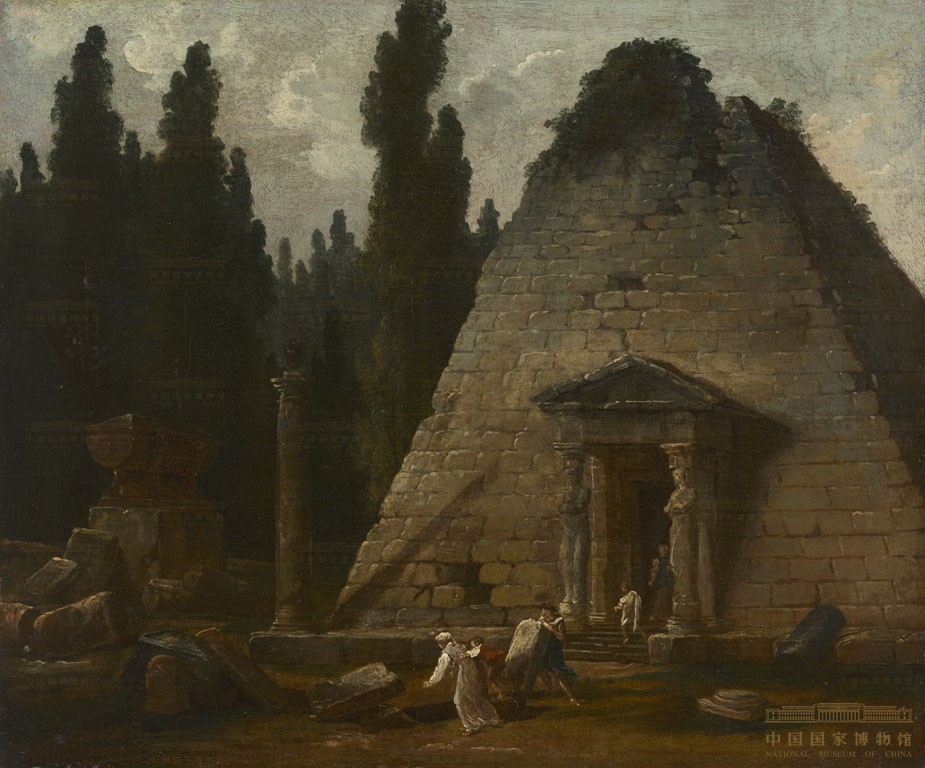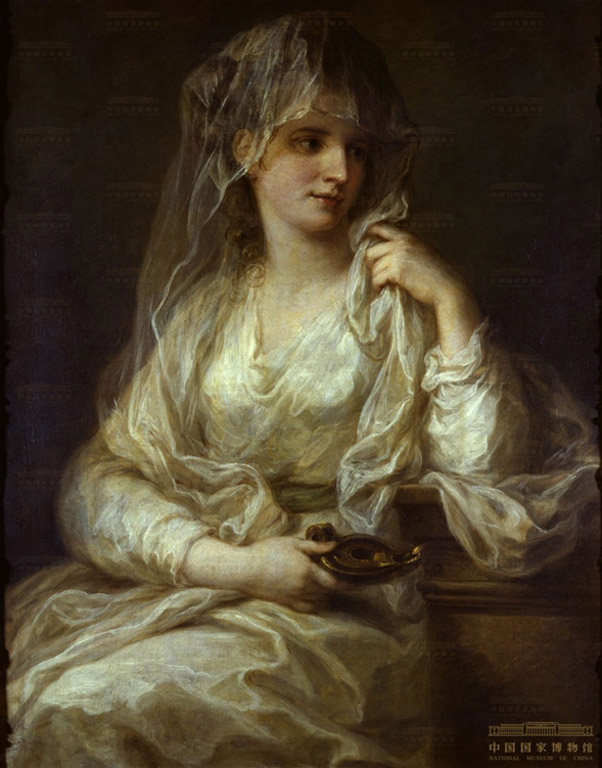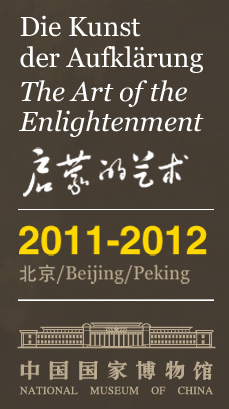Home - Introduction - The Birth of History

Hubert Robert (1733-1808)
The Pyramid in the Gardens of Mauperthuis
c. 1780
Canvas, 38.3 x 46 cm
Bayerische Staatsgem.ldesammlungen, Alte Pinakothek, Munich, inv. no. 12493
From the Renaissance (fourteenth to sixteenth century) onwards, classical antiquity, the epoch of ancient Greece and Rome (around 800 BC to 600 AD), was not only regarded as the origin of European art and culture, science and politics but also revered and copied. The “Quarrel of the Ancients and the Moderns”, which began in the late seventeenth century, unleashed a debate about the ideal embodied by antiquity. The scientific findings of the eighteenth century were compared with those of the ancient world and viewed by advocates of the “Modern” as a superior stage of human evolution. This gave rise to a new understanding of history that focused on progress. There developed a historical consciousness based on the notion that people could determine their own fate. Ancient art and culture were now judged more critically and received more creatively.

Angelica Kauffmann (1741-1907)
Portrait of a Lady as a Vestal Virgin
c. 1781-82 Canvas, 91.5 x 71.5 cm
Staatliche Kunstsammlungen Dresden, Gem?ldegalerie Alte Meister, gal. no. 2182







